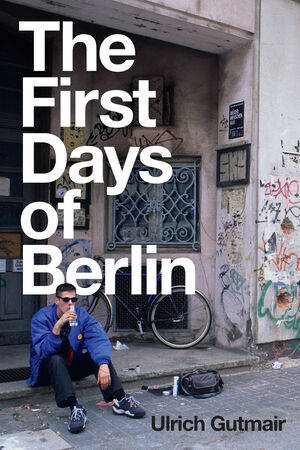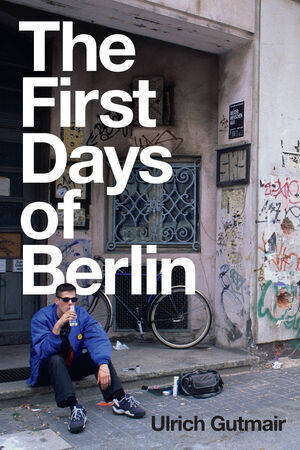
- Afhalen na 1 uur in een winkel met voorraad
- Gratis thuislevering in België vanaf € 30
- Ruim aanbod met 7 miljoen producten
- Afhalen na 1 uur in een winkel met voorraad
- Gratis thuislevering in België vanaf € 30
- Ruim aanbod met 7 miljoen producten
Omschrijving
Berlin in the early 1990s, right after the fall of the Berlin Wall: this is the place to be. Berlin-Mitte, the central district of the city, with its wastelands and decaying houses, has become the centre of a new movement. Artists, musicians, squatters, club owners, DJs and ravers are reclaiming the old city centre and bringing it back to life. This interregnum between two systems - the collapse of the old East Germany, the gentrification of the new Berlin - lasts only a few years. West Berliners, East Berliners and new residents from abroad join together to create music, art and fashion, to open bars and clubs and galleries, even if only for a few weeks. In the months following the fall of the Wall, there is a feeling of new beginnings and immense possibilities: life is now, and to be in the here and now feels endless. The phrase 'temporary autonomous zone' is circulating, it describes the idea - romantic and naive but, in the circumstances, not absurd - that, at a certain moment in history, you can actually do whatever you want.
Ulrich Gutmair moved to West Berlin as a student in autumn 1989: two weeks later the Wall came down. He spent the next few years studying during the day in the West and exploring the squats, bars and techno clubs in the East at night. He fell in love with House and Techno and raved at Tresor, Elektro, Bunker and many other places that in the meantime have almost disappeared from collective memory. Ten years later he decided to write a book about that period in between, when one regime was brought down and a new one wasn't yet established. When utopia was actually a place to inhabit for a moment.
Specificaties
Betrokkenen
- Auteur(s):
- Uitgeverij:
Inhoud
- Aantal bladzijden:
- 200
- Taal:
- Engels
Eigenschappen
- Productcode (EAN):
- 9781509547302
- Verschijningsdatum:
- 4/01/2022
- Uitvoering:
- Paperback
- Formaat:
- Trade paperback (VS)
- Afmetingen:
- 140 mm x 208 mm
- Gewicht:
- 317 g

Alleen bij Standaard Boekhandel
Beoordelingen
We publiceren alleen reviews die voldoen aan de voorwaarden voor reviews. Bekijk onze voorwaarden voor reviews.











